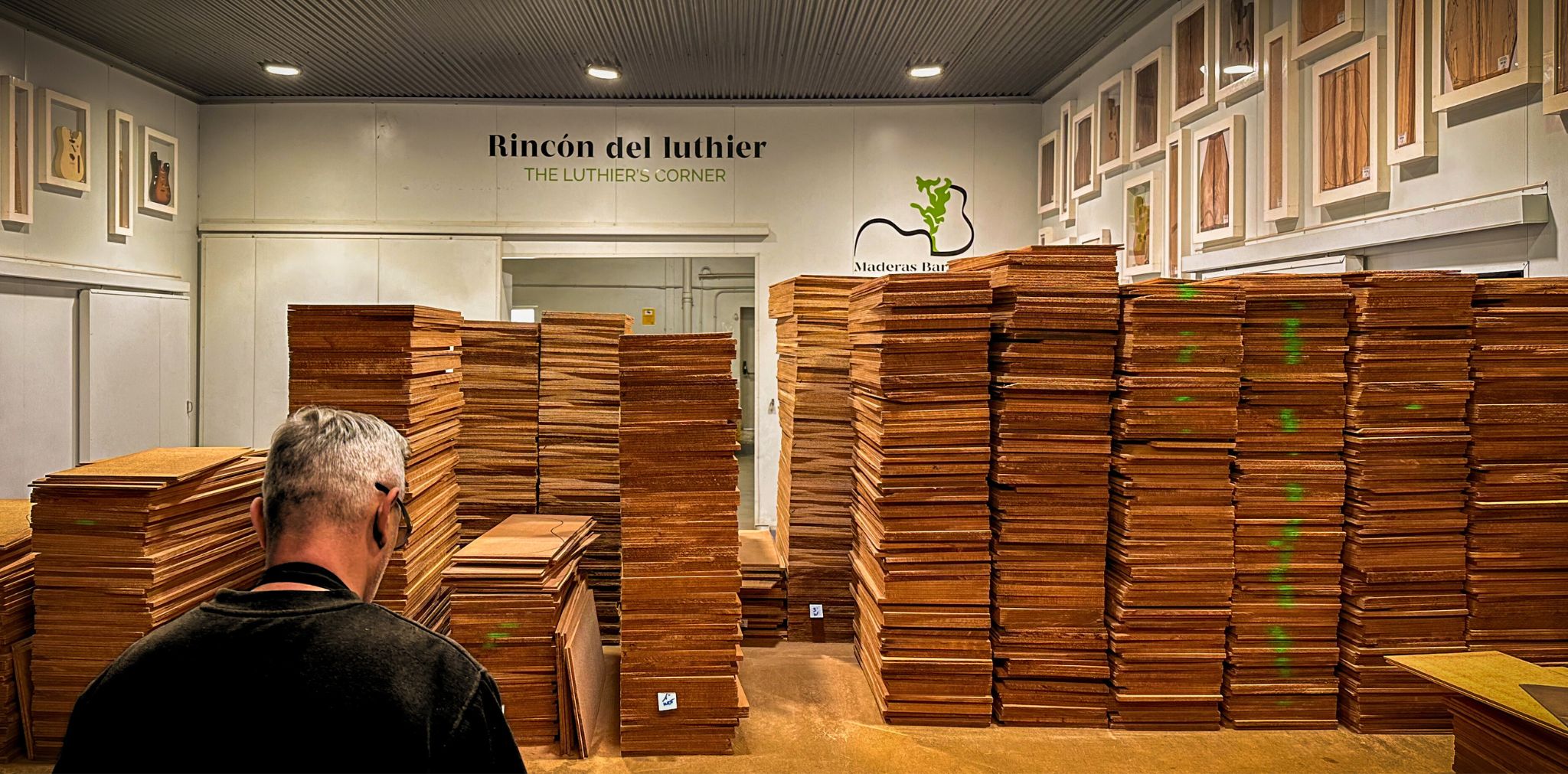- News
- 21 likes
- 4270 views
- 2 comments
Comments (2)
-
I'm curious how you guys will be able to put in line all the tops you have with measured parameters for every single one plate. You should calibrate them to the same thickness, at least.
-
Hello Sergei! In principle we will do it with a group of selected pieces that, as you say, are cut and calibrated. In fact, we have just published them!!!! Although the software we use for measurements allows us to make reliable comparisons between parts of different sizes. We will talk in detail about this software soon. Thanks for your comment.











